Equipment
Coming in HOT: Tour Edge HL4 driver
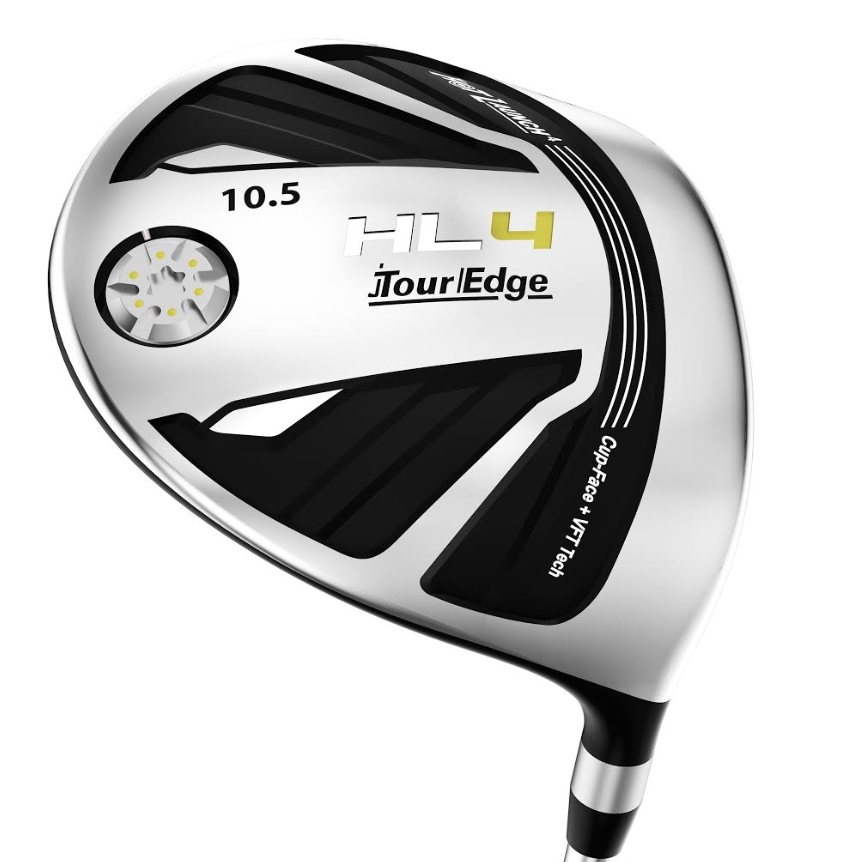
When it comes to combining performance and value, Tour Edge is one of the leaders of the pack.
The company offers two distinct lines that push the boundaries of forgiveness and speed: Exotics, which is the premium line targeting total performance at a higher price, and then there is Hot Launch: a line designed specifically for the value-conscious recreational player. As golfers know, you can’t continue to lead without new innovation, and on that note, today marks the launch if the HL4 Driver.

Club designer David Glod has again gone out of his way to improve on the previous version while offering a bevy of options in a mid-tier driver. From David
“This is an early release to a product line that we developed for 2020. We have spent the last 18 months looking at how to improve the best performance value drivers in the game and the end result is an all new shape that has an MOI that rivals that of a $500 driver. It’s an extremely forgiving design that all levels of players can benefit from.”
Speaking to the shape David goes on to say
“The HL4 driver features an all new sloped crown design that is deeper from face to back. N0 skirt where the sole plate meets the crown equates to a 12% increase in MOI over the previous Hot Launch drivers.”
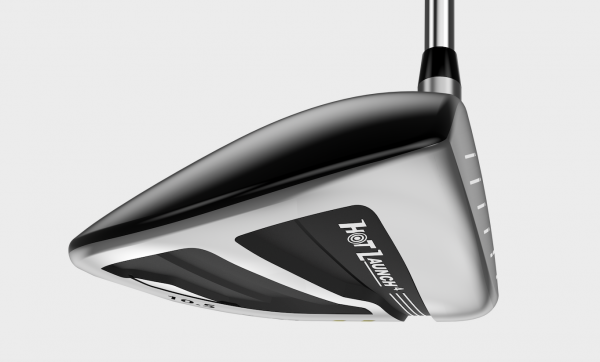
Now, speaking to forgiveness, one of the other options the HL4 offers is an offset version — something you don’t find very often anymore because of the adjustable hosels found in most modern drivers. Those parts and additional SKUs add up. With the HL4 being a fixed hosel club, the cost savings can be passed to the consumer. This also opens the door for adding more actual versions of the driver. Yeah, yeah, yeah, I know an offset driver is kinda ugly BUT you have to remember, it’s designed with a very specific player in mind — and speaking for a lover of offset drivers (my dad), this feature is a game changer for some players.
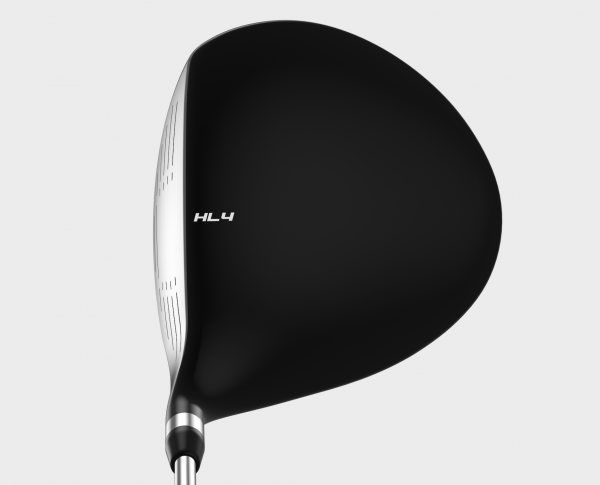
Since so much talk of 2019 is about face technology, it has to be pointed out that Tour Edge is not being left behind in this category either. The HL4 features a deeper cup face design and a rounder face shape than previous models for exceptional power and vastly improved acoustics, according to the company.
Combine the newly shaped Cup Face technology with Variable Face Thickness technology and you have a club that provides greater distance from more contact points on the face. All of this plus a Power Channel on the sole delivers amplified ball speed and less spin, as well as added forgiveness on shots struck lower on the face.
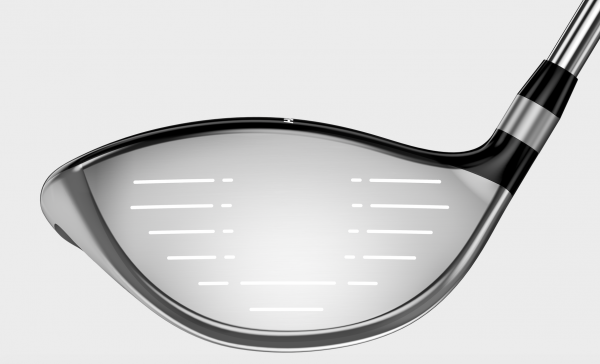
Price and options
The straight-neck HL4 driver comes in 9.5, 10.5, and 12-degree lofts, while the HL4 Offset driver will be available in 10.5, 12, and 13.5-degree lofts. The 10.5-degree HL4 Offset will be available in a left-handed model.
The HL4 series also features an upgraded UST Mamiya graphite shaft that offers enhanced tip stability. The drivers are available in ladies, A-flex, regular, and stiff shafts ranging from 48 to 60 grams.
The line has also been upgraded to a Lamkin Z5 multi-compound grip that features distinct hand-placement zones.
Both drivers will be available August 1 at authorized Tour Edge retailers and will retail for $199.99.
- LIKE65
- LEGIT5
- WOW7
- LOL2
- IDHT0
- FLOP0
- OB0
- SHANK3
Whats in the Bag
WITB Time Machine: Danny Willett’s winning WITB, 2016 Masters
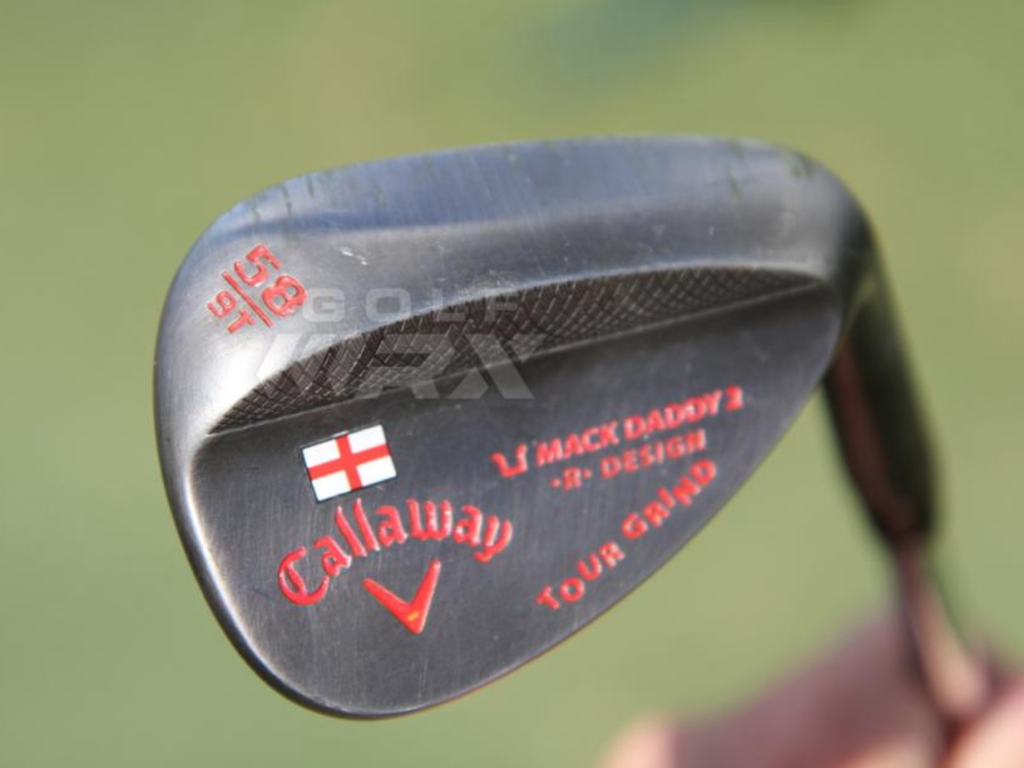
Driver: Callaway XR 16 (9 degrees)
Shaft: Mitsubishi Rayon Diamana W-Series 60 X
Length: 45.5 inches
3-wood: Callaway XR 16 (15 degrees)
Shaft: Mitsubishi Rayon Diamana W-Series 70X
5-wood: Callaway XR 16 (19 degrees)
Shaft: Mitsubishi Rayon Diamana W-Series 80X
Irons: Callaway Apex UT (2, 4), Callaway Apex Pro (5-9)
Shaft: True Temper Dynamic Gold X100 Superlite
Wedges: Callaway Mack Daddy 2 (47-11 S-Grind) Callaway Mack Daddy 2 Tour Grind (54-11, 58-9)
Shaft: True Temper Dynamic Gold X100 Superlite
Putter: Odyssey Versa #1 Wide (WBW)
Lie angle: 71 degrees
Ball: Callaway Speed Regime SR-3
Check out more photos of Willett’s equipment from 2016 here.
- LIKE4
- LEGIT0
- WOW1
- LOL0
- IDHT0
- FLOP0
- OB0
- SHANK0
Equipment
Project X Denali Blue, Black shaft Review – Club Junkie Review
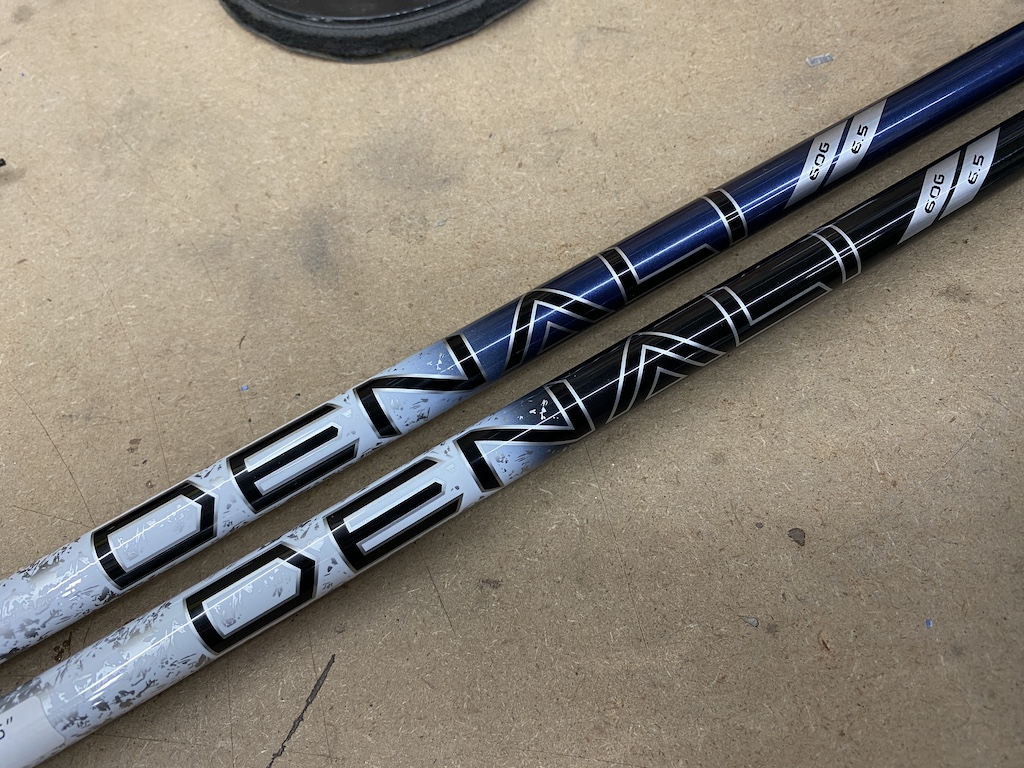
Originally, Project X was known for low-spin steel iron shafts. However, the company might now be known for wood shafts. Denali is the newest line of graphite shafts from Project X. With the Denali line, the company focuses on feel as well as performance.
There are two profiles in the Denali line, Blue and Black, to fit different launch windows. Denali Blue is the mid-launch and mid-spin profile for players who are looking for a little added launch and Denali Black is designed for low-launch and low-spin. Both models are going to offer you a smooth feel and accuracy.
For a full in-depth review check out the Club Junkie podcast on all podcast streaming platforms and on YouTube.
Project X Denali Blue
I typically fit better into mid-launch shafts, as I don’t hit a very high ball so the Denali Blue was the model I was more excited to try. Out of the box, the shaft looks great and from a distance, it is almost hard to tell the dark blue from the Denali Black. With a logo down install of the shaft, you don’t have anything to distract your eyes, just a clean look with the transition from the white and silver handle section to the dark navy mid and tip.
Out on the course, the Blue offers a very smooth feel that gives you a good kick at impact. The shaft loads easily and you can feel the slightly softer handle section compared to the HZRDUS lineup. This gives the shaft a really good feel of it loading on the transition to the downswing, and as your hands get to impact, the Denali Blue keeps going for a nice, strong kick.
Denali Blue is easy to square up at impact and even turn over to hit it straight or just little draws and most of the flex of the shaft feels like it happens right around where the paint changes from silver to blue. The Blue launches easily and produces what I consider a true mid-flight with the driver. While it is listed as mid-spin, I never noticed any type of rise in my drives. Drives that I didn’t hit perfectly were met with good stability and a ball that stayed online well.
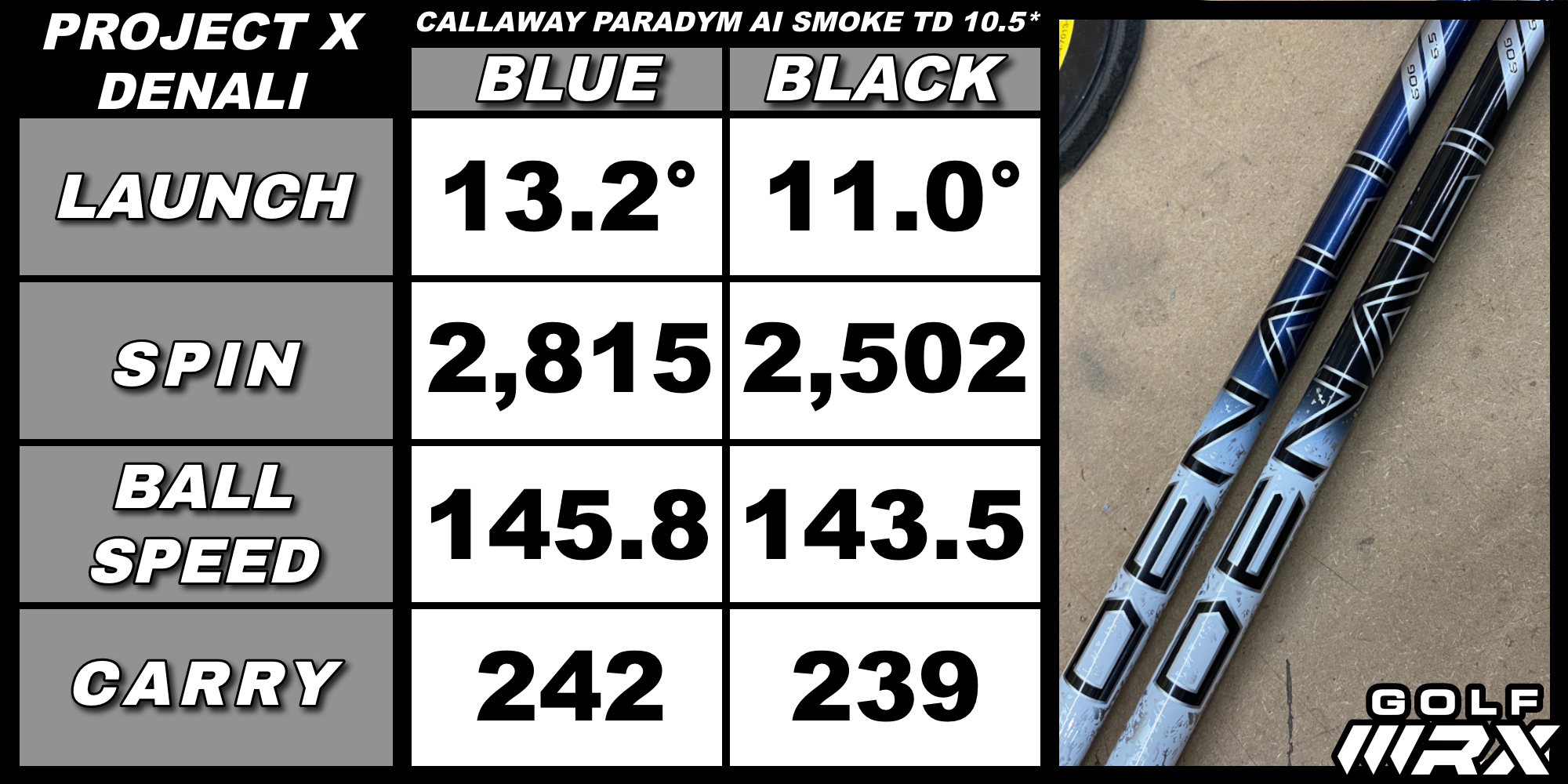
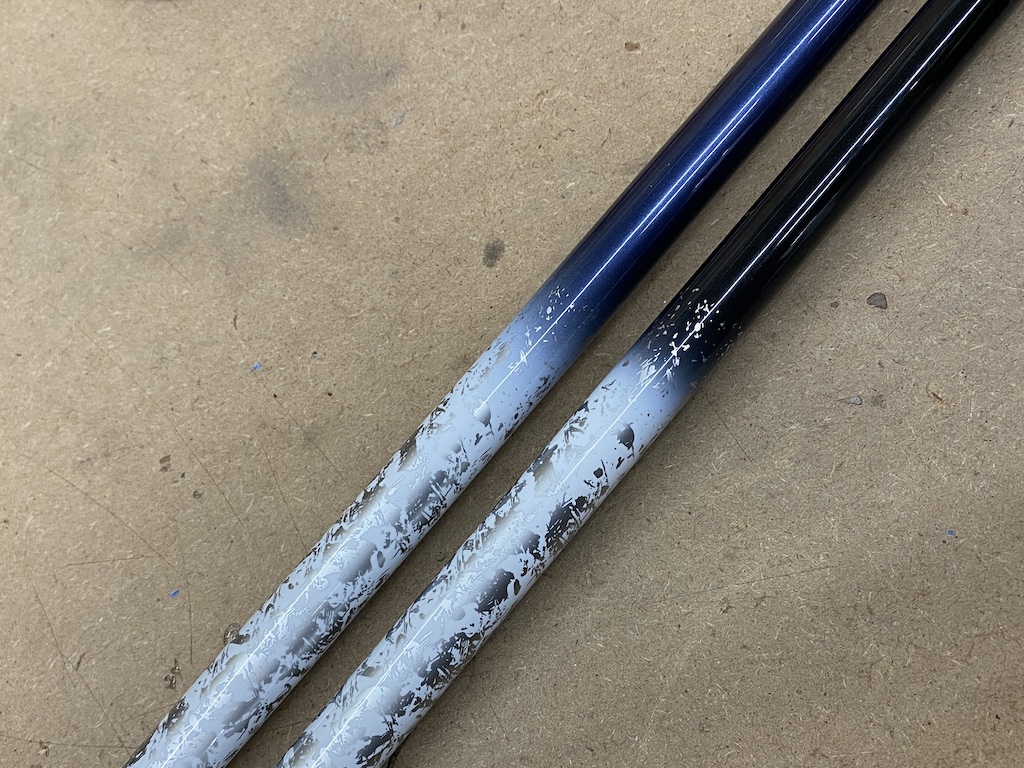
Project X Denali Black
When you hold the Denali Black in your hands you can tell it is a more stout shaft compared to its Blue sibling by just trying to bend it. While the handle feels close to the Blue in terms of stiffness, you can tell the tip is much stiffer when you swing it.
Denali Black definitely takes a little more power to load it but the shaft is still smooth and doesn’t give you any harsh vibrations. Where the Blue kicks hard at impact, the Black holds on a little and feels like keeps you in control even on swings that you try and put a little extra effort into. The stiff tip section also makes it a little harder to square up at impact and for some players could take away a little of the draw from their shot.
Launch is lower and more penetrating compared to the Blue and produces a boring, flat trajectory. Shots into the wind don’t rise or spin up, proving that the spin stays down. Like its mid-launch sibling, the Black is very stable and mishits and keeps the ball on a straighter line. Shots low off the face don’t get very high up in the air, but the low spin properties get the ball out there farther than you would expect. For being such a stout shaft, the feel is very good, and the Denali Black does keep harsh vibrations from your hands.
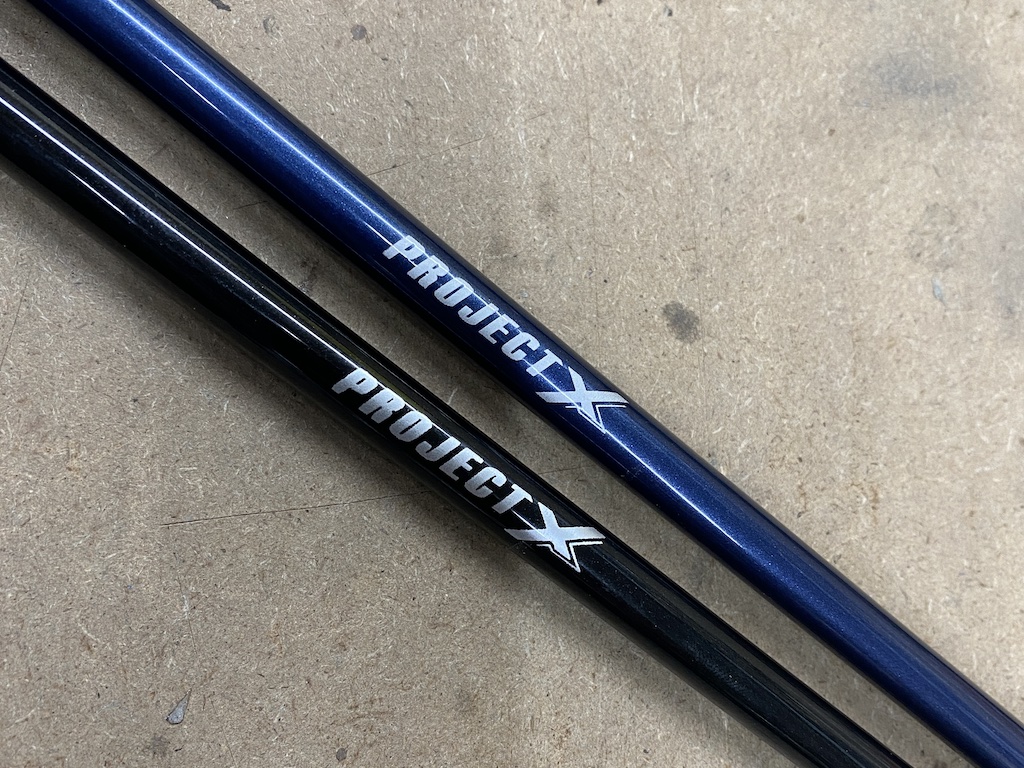
Overall the Project X Denali Blue and Black are great additions to the line of popular wood shafts. If you are looking for good feel and solid performance the Denali line is worth trying out with your swing. Choose Blue for mid-launch and mid-spin or Black for lower launch and low spin.
- LIKE3
- LEGIT3
- WOW2
- LOL0
- IDHT0
- FLOP0
- OB0
- SHANK0
Equipment
What we know about Bryson DeChambeau’s 3D-printed Avoda irons
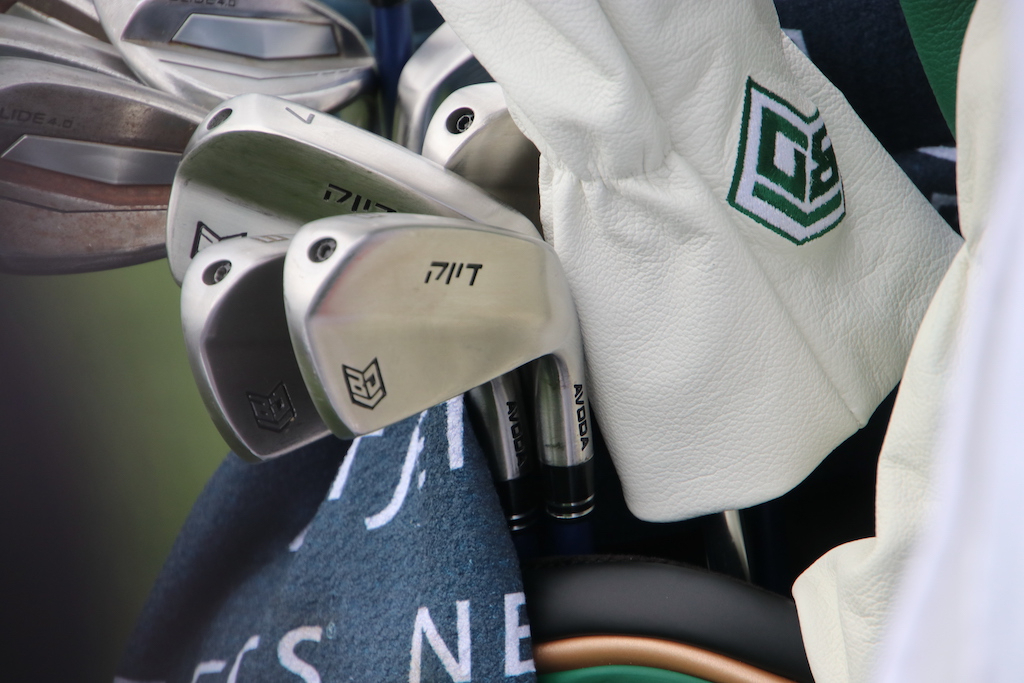
Bryson DeChambeau fired an opening-round 7-under 65 at Augusta National, hitting an impressive 15 of 18 greens in regulation in the process. Golf’s mad scientist’s play grabbed headlines and so too did his equipment. In place of the Ping i230 irons he had in the bag last week for LIV Golf’s Miami event, DeChambeau is gaming a prototype 5-PW set of irons from little-known direct-to-consumer manufacturer Avoda.
What is Avoda Golf?
Founded by Tom Bailey, also a Mike Schy student like Bryson DeChambeau, Avoda Golf is a direct-to-consumer golf equipment company that currently manufactures both single and variable-length irons in one model that are available for pre-order.
What irons is Bryson DeChambeau playing?
Per multiple reports, DeChambeau is playing a custom-designed set of single-length irons that incorporate bulge and roll into the face design. The two-piece 3D-printed irons were reportedly only approved for play by the USGA this week, according to Golfweek’s Adam Schupak.
Regarding the irons, DeChambeau told Golf Channel the irons’ performance on mishits was the determining factor in putting them in play this week. “When I mishit on the toe or the heel,” DeChambeau said. “It seems to fly a lot straighter for me and that’s what has allowed me to be more comfortable over the ball.”
What can we tell about the design of the clubs?
These days, it is a little hard to speculate on what is under the hood with so many hollow body irons. DeChambeau’s irons look to be hollow on the lower section as they do flare back a decent amount. That “muscle” on the back also looks to be fairly low on the iron head, but we can assume that is progressive through the set, moving up higher in the short irons.
A screw out on the toe is probably used to seal up the hollow cavity and used as a weight to dial in the swing weight of the club. From pictures, it is hard to tell but the sole looks to have a little curve from heel to toe while also having some sharper angles on them. A more boxy and sharper toe section looks to be the design that suits Bryson’s eye based on the irons he has gravitated toward recently.
What are bulge and roll, again?
Two types of curvature in a club face, traditionally incorporated only in wood design. Bulge is heel-toe curvature. Roll is crown-sole curvature. Both design elements are designed to mitigate gear effect on off-center strikes and produce shots that finish closer to the intended target line. (GolfTec has an excellent overview of bulge and roll with some handy GIFs for the visual learner)
What else is in DeChambeau’s bag?
Accompanying his traditional Sik putter, Bryson builds his set with a Ping Glide 4.0 wedges, a Krank Formula Fire driver and 5-wood, and a TaylorMade BRNR Mini Driver, all with LA Golf graphite shafts.
- LIKE112
- LEGIT38
- WOW28
- LOL15
- IDHT8
- FLOP9
- OB10
- SHANK21
-

 19th Hole4 days ago
19th Hole4 days agoDave Portnoy places monstrous outright bet for the 2024 Masters
-

 19th Hole3 weeks ago
19th Hole3 weeks agoJohn Daly stuns fans into silence with brutal opening tee shot on PGA Tour Champions
-

 19th Hole2 weeks ago
19th Hole2 weeks agoThings got heated at the Houston Open between Tony Finau and Alejandro Tosti. Here’s why
-

 19th Hole5 days ago
19th Hole5 days agoTiger Woods arrives at 2024 Masters equipped with a putter that may surprise you
-

 19th Hole1 week ago
19th Hole1 week agoReport: Tiger Woods has ‘eliminated sex’ in preparation for the 2024 Masters
-

 19th Hole3 weeks ago
19th Hole3 weeks agoCharlie Woods finds it tough going on American Junior Golf Association debut
-

 19th Hole2 weeks ago
19th Hole2 weeks agoAddiction, spinal fusion, and scam artists – Everything Anthony Kim revealed in candid interview with David Feherty
-

 19th Hole1 week ago
19th Hole1 week agoAnthony Kim says doctors told him that he ‘may not have much time left’ ahead of LIV return



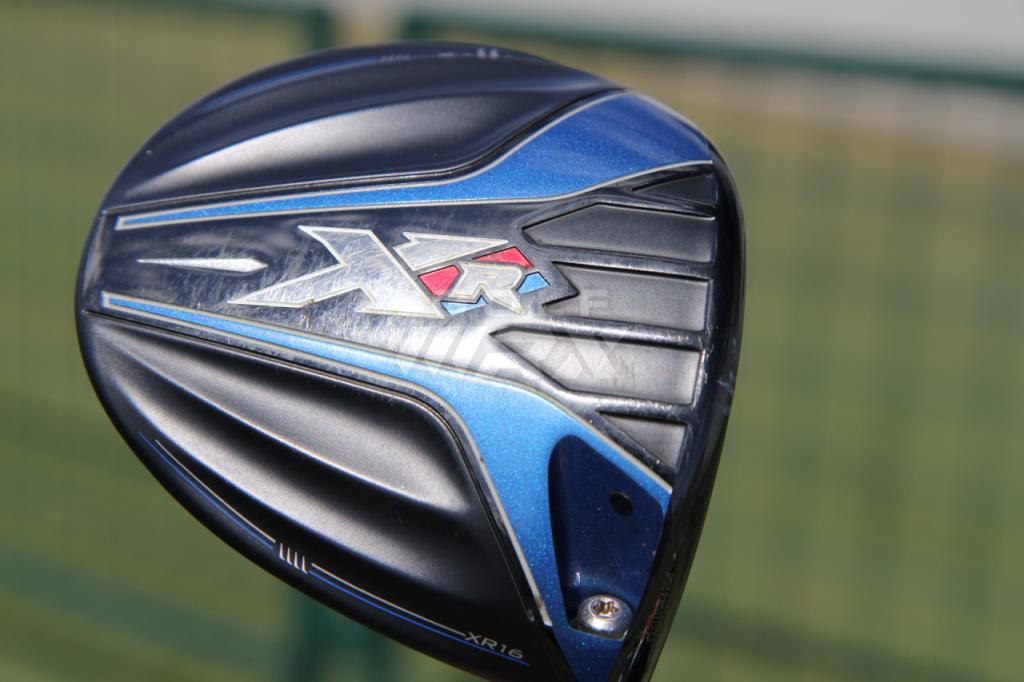
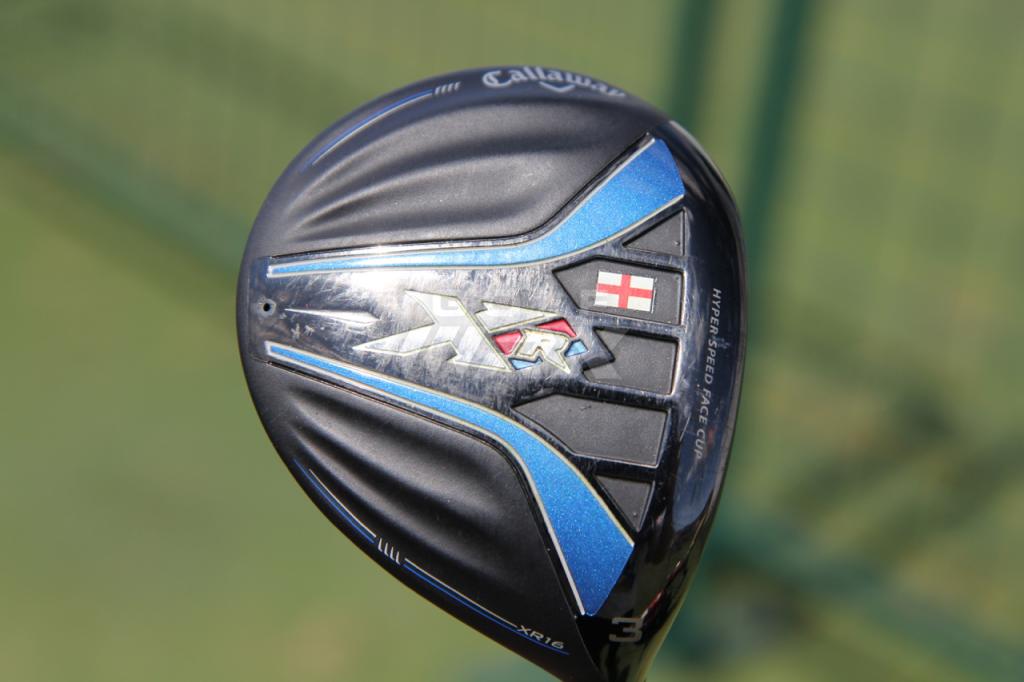

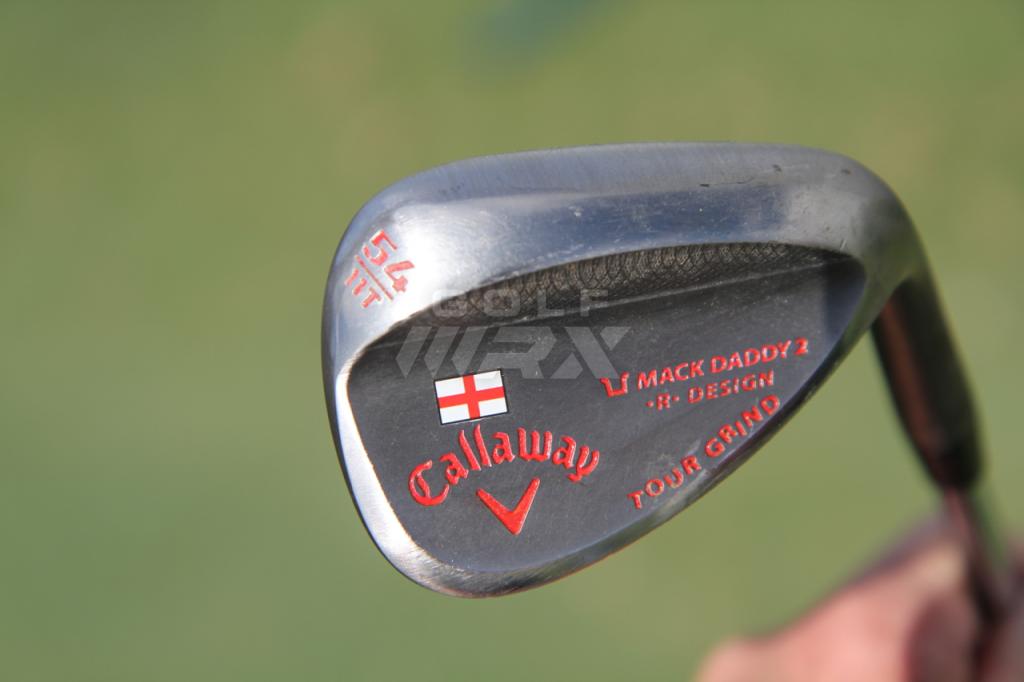
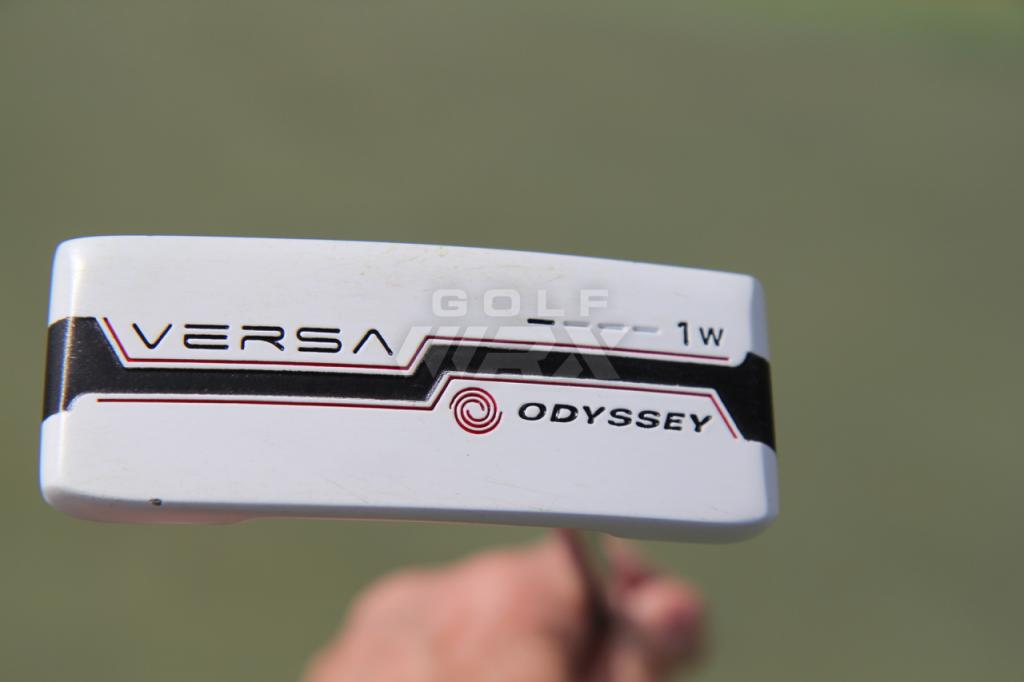














MC
Jul 13, 2019 at 9:59 am
I switched to the HL3 OS last year and it turn my game around. I LOVE my Driver and looking forward in trying out the New HL4. All I have to say is Great job Tour Edge
Dave r
Jun 26, 2019 at 11:07 am
JP agree face is very closed, and offset made for a slicer of the ball. Other than that the face on shot looks good. Would like to try a square face set up,but not the hooked face
JP
Jun 25, 2019 at 12:36 pm
Looks horrible at address! Can’t stand that hosel to offset face look. Looks very closed too. No thanks
Eric Hutchens
Jun 25, 2019 at 12:21 pm
This reminds me of the Cleveland CG Black Driver from a few years ago but with more tech.